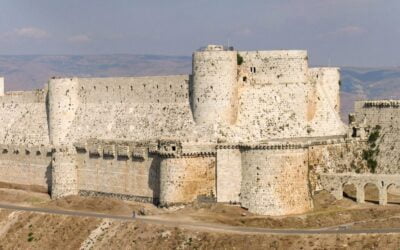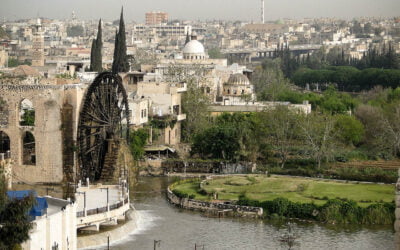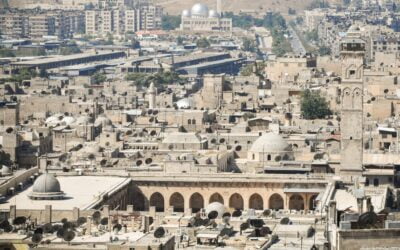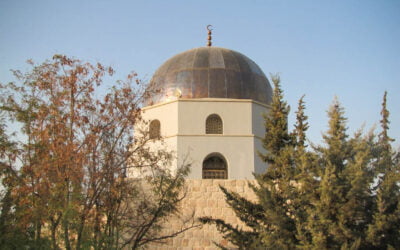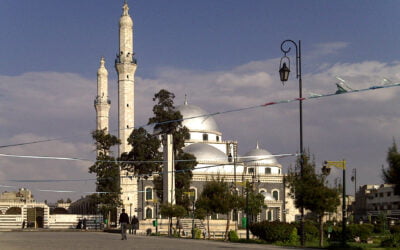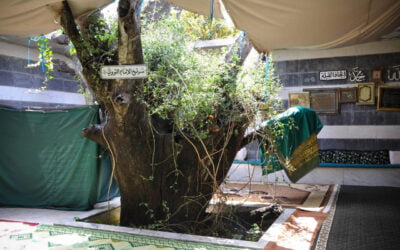THE UMAYYAD GRAND MOSQUE, SYRIA
How to get here:
The musjid is the center of the old city and its most well-known landmark. It is thereforeeasily reachable.
- The Grand Musjid of Damascus as it is also known is one of the largest Musjids in the world and one of the oldest sites of continuous prayer since the rise of Islam.
- The actual site has been a place of significance for over three millennia. The earliest known relics come from an Aramaean temple dating to about 3000 BCE. A Hellenic temple to Jupiter was built during the Roman era around the 1st century CE and later the church of John ‘the Baptist’ was erected on its foundation.
- When Khalid bin Walid RA conquered the city in 634, most of the site remained as a church with the south eastern area being used as a prayer room. Both Muslim and Christian communities entered from the south door and then went right or left to their respective places of worship. Both used the complex peacefully for decades before it was converted entirely into a musjid in the year 706. The sixth Umayyad caliph, al-Walid I (r. 705–715), commissioned the construction of a Musjid on the site of the cathedral. Al-Walid, who personally supervised the project, had most of the cathedral, including the prayer room, demolished. The construction of the Musjid completely altered the layout of the building. While the church (and the temples before it) had the main building located at the centre of the rectangular enclosure, the Musjid’s prayer hall is placed against its south wall. The architect recycled the columns and arcades of the church, dismantling and repositioning them in the new structure.
- According to 10th-century Persian historian Ibn al-Faqih, somewhere between 600,000 and 1,000,000 dinars were spent on the project. Craftsmen and artisans from Egypt, Persia, India, Greece and Morocco provided the bulk of the labour force which consisted of 12,000 people. The Musjid was completed in 715, shortly after al-Walid’s death, by his successor, Sulayman ibn Abd al-Malik. The Musjid houses a shrine which is said to enclose a relic honoured by Muslims as well as Christians – the head of St. John. (Yahya AS) The eastern minaret of the Musjid is regarded by some to be the site where Isa AS will descend, upon his return to earth.



